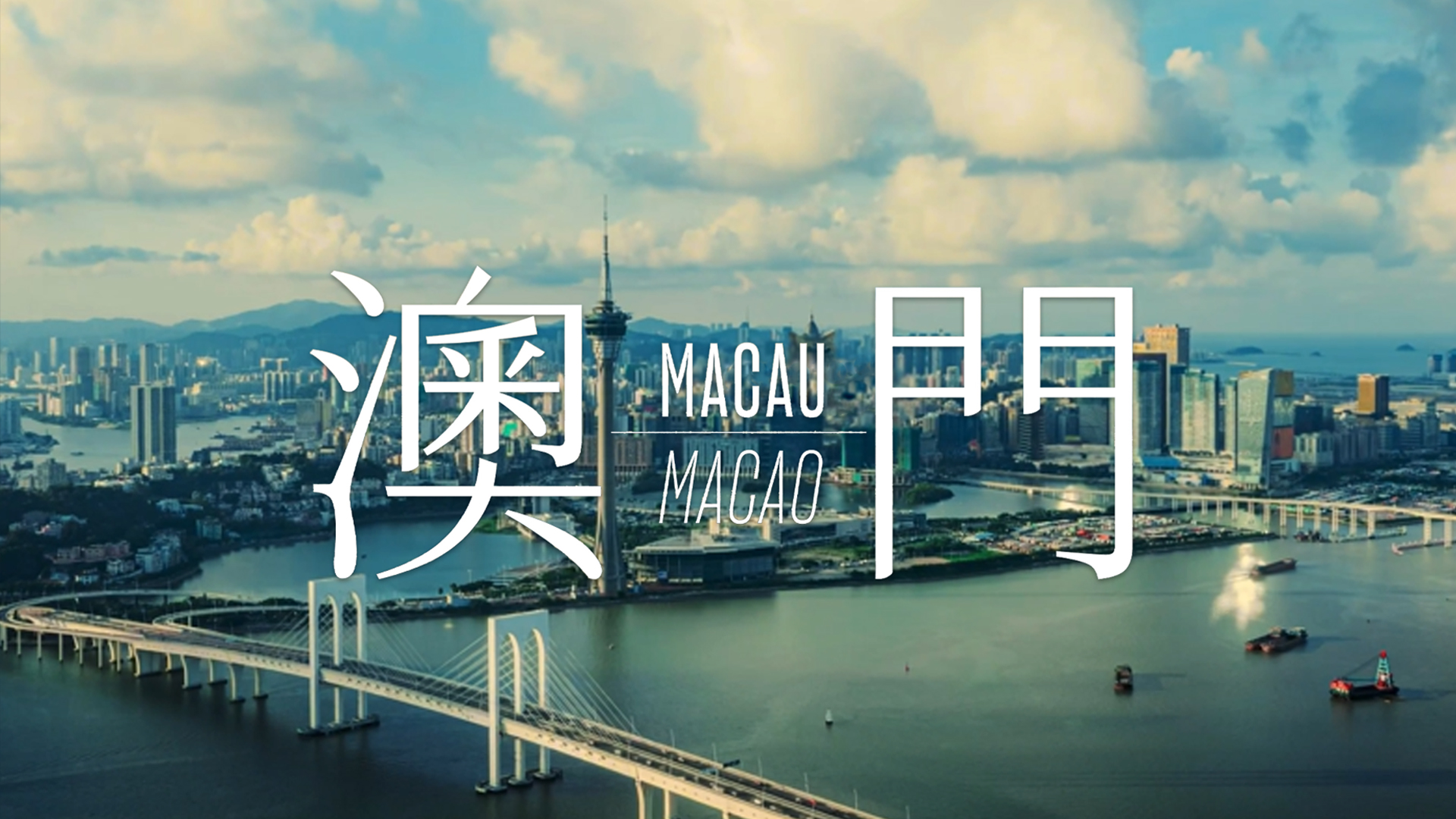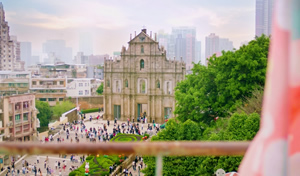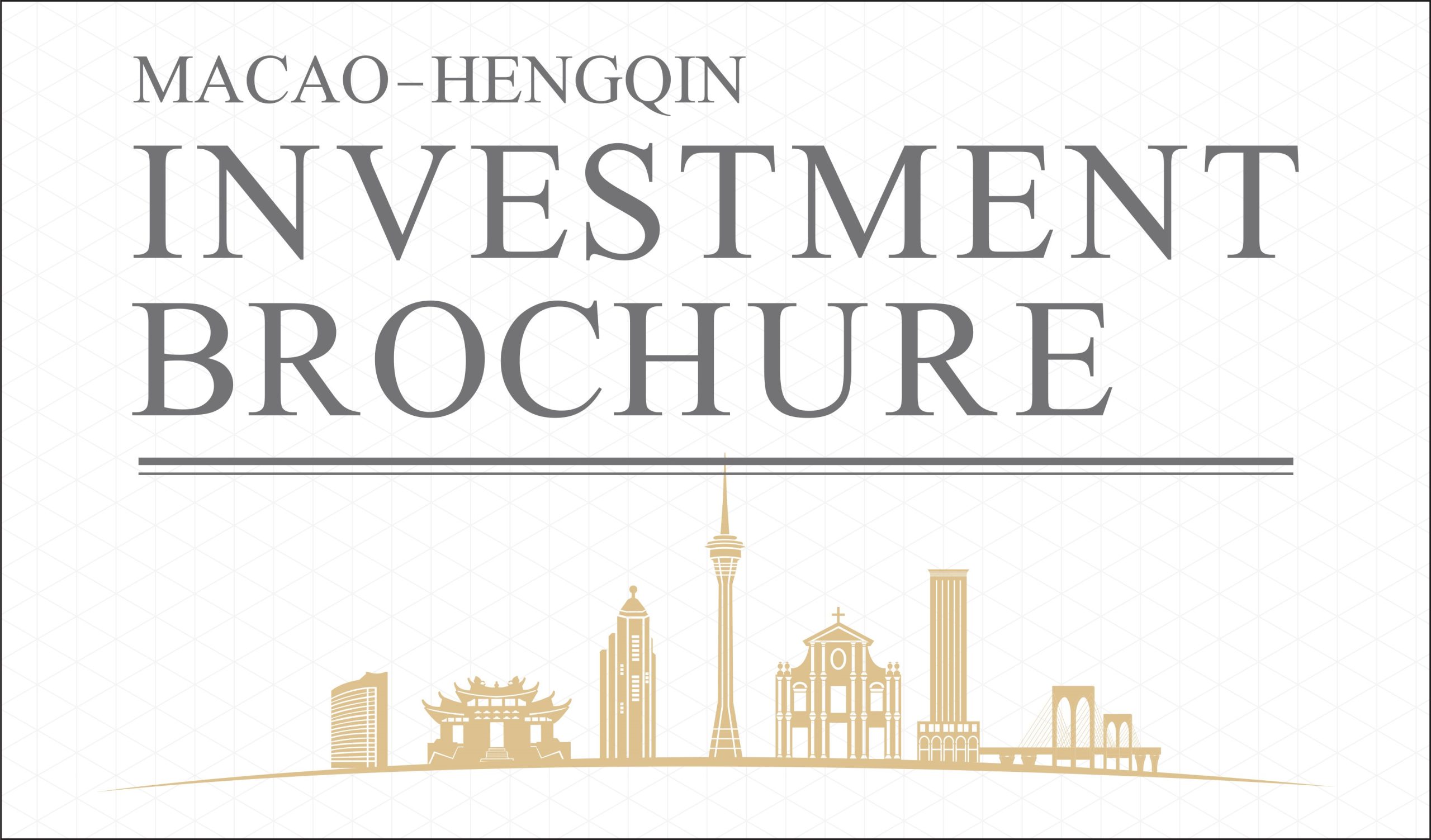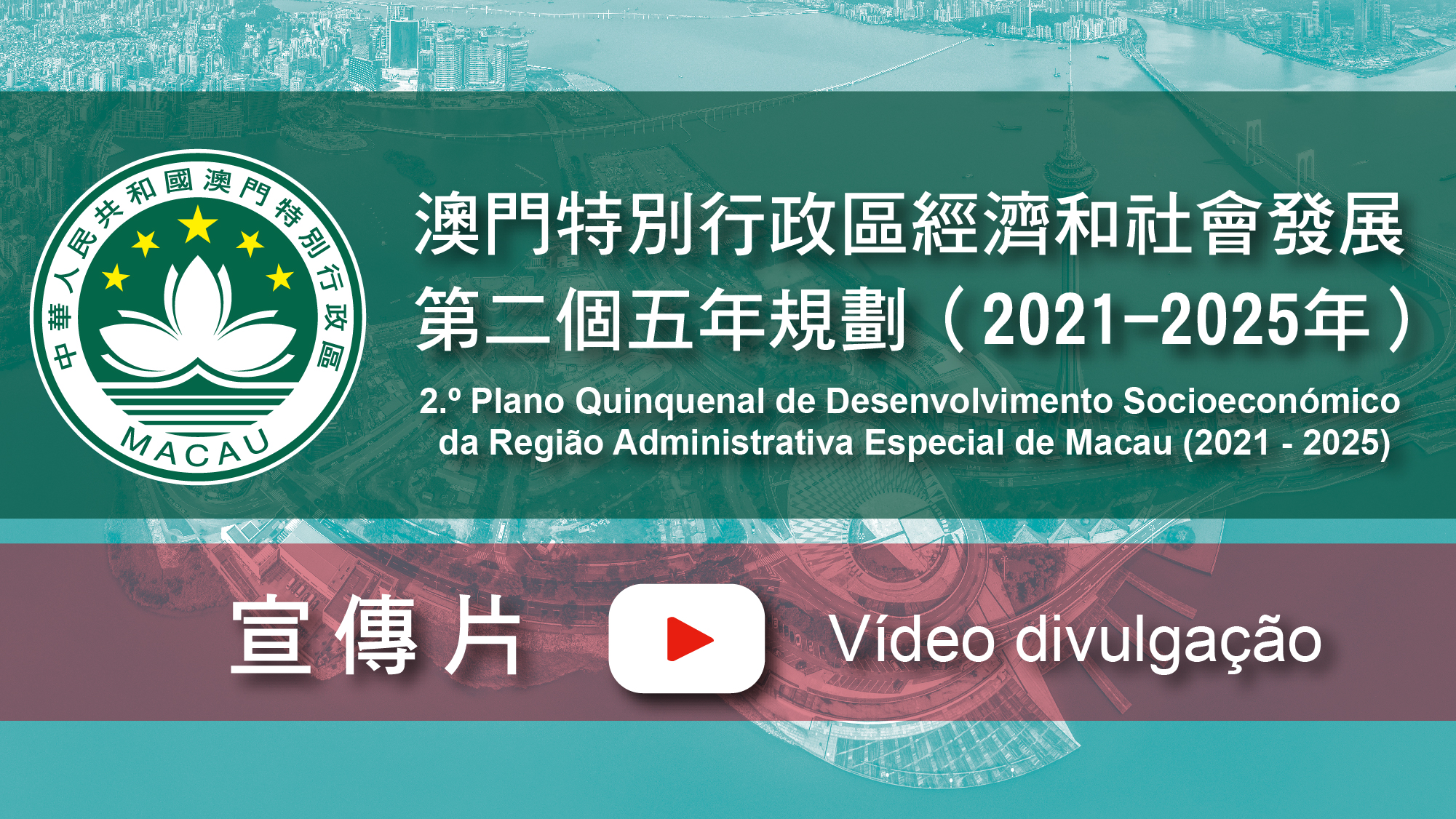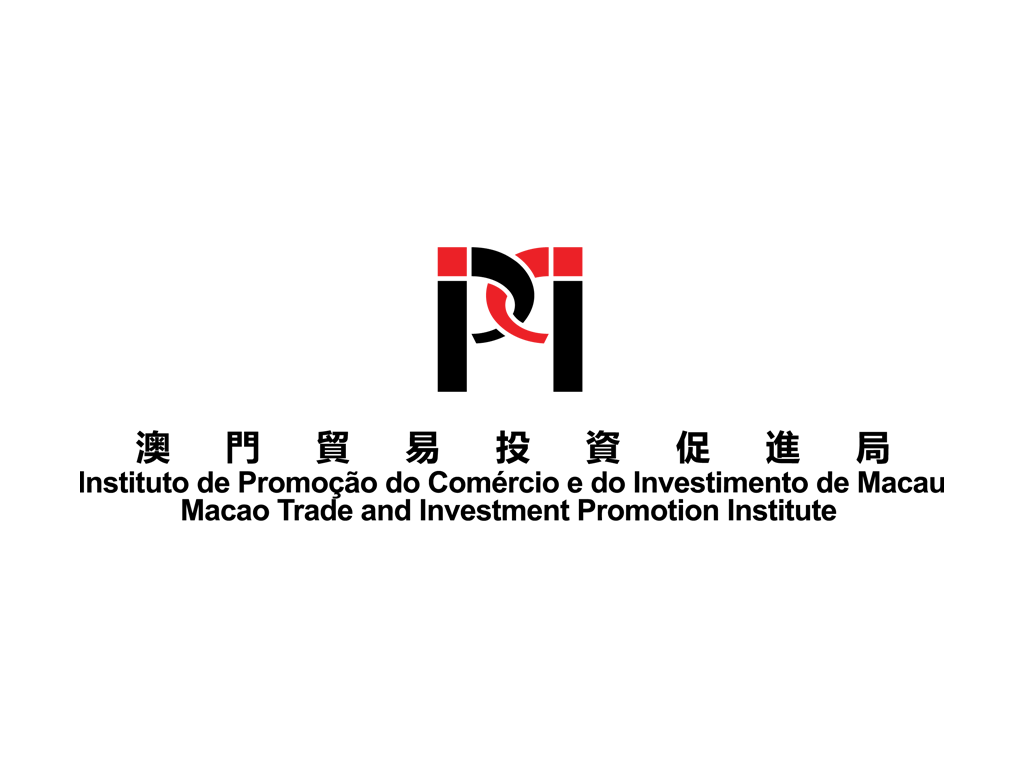Macao Business Environment
Strengths and Development Outline
Macao Special Administrative Region Investment Guidebook
Basic Information about Macao
– Macao is located on the south-eastern coast of China, along the west bank of the Pearl River estuary. It is 60km and 145km away from Hong Kong and Guangzhou respectively.
– It covers a total area of 33.3 square kilometres, comprising of the Macao peninsular as well as two outlying islands namely Taipa and Coloane.
– According to the appendix of State Council Decree No.665, the Central People’s Government has decided to delimit 85 square kilometres of waters as under Macao’s administration.
– As of the fourth quarter of 2023, the total population stood at 683,700.
– In addition to Chinese, Portuguese is also used by the executive, legislative and judicial authorities and is also named an official language of Macao. Cantonese is used on a daily basis and English is widely used in trade, tourism and commerce.
– It is located in the south-east monsoonal region with hot and wet summers, sunny and dry autumns and cool winter with little rain.
– Equipped with all-round infrastructure facilities, the city can be reached by sea, land and air transport and it has convenient telecommunications and internet.
– Macao’s standard of public health care is comparable to that of developed countries and regions.
– As of the fourth quarter of 2023, the labour force totalled at 379,700 with a working population of 371,100 and an unemployment rate of 2.3%.
Source: Macao Statistics and Census Services
Development Orientation
The Outline of the 14th Five-year Plan (2021-2025) for National Economic and Social Development and the Long-Range Objectives Through the Year 2035 explicitly supports Macao in enriching itself as a World Centre of Tourism and Leisure, working with Guangdong to develop Hengqin, expanding its function as a Commercial and Trade Co-operation Service Platform between China and Portuguese-speaking Countries (PSCs), developing Macao into a base of exchange and co-operation with traditional Chinese culture as mainstream and other cultures flourishing in harmony.
Giving full play to its strengths and based on its development position as “One Centre, One Platform, One Base”, Macao will step up its effort to nurture the big health industry that takes research, development and manufacturing of traditional Chinese medicine (TCM) as its core, modern financial services, high technology, exhibitions and conventions, commerce and trade, and culture and sports industries, in order to foster more economic boosters, construct an adequately diversified and sustainable industrial structure.
Economic Situation and Business Strengths
– Since the Handover, Macao has recorded stable economic growth and maintained a low unemployment rate. Increases in the number of incoming visitors, retail sales figures as well as residents’ median income have been maintained at a steady pace.
– Macao has been rated by the World Trade Organisation (WTO) as one of the most open trade and investment regimes in the world. It is a free port and an independent tariff zone, with a simple low tax system, and a far-reaching international marketing network and close ties with the Portuguese-speaking Countries. Macao’s role as a trade and economic co-operation service platform between China and Portuguese-speaking Countries has received increasing recognition over the years.
– Macao allows the free flow of capital and adopts a currency board system with stable exchange rate. The issuance of patacas is completely supported by foreign exchange reserves. In addition, Macao’s business operating principles are in line with international conventions and standards, and the same business incorporation procedures apply to both local and foreign investors, providing an ideal investment and business environment for all investors. The Macao SAR government has become a member of more than 190 international organisations and mechanisms, engaging in a wide range of activities and actively deepening its participation.
Infrastructure
Airport
The Macau International Airport, located in Taipa, commenced operation in November1995. Since then, it has rapidly established itself as a vital link between the Pearl River Delta, the fastest growing economic region in the world, and the rest of the world. It is a fully functional 24-hour airport. An 11,000-foot ILS CAT II equipped runway, constructed in strict accordance with ICAO standards, is capable of handling long haul flights.
The Macau International Airport is in the process of optimisation of its complementary facilities. In October 2022, the Macao Special Administrative Region Government received the approval document from the Central Government for the expansion of Macau International Airport and related land reclamation. The construction of the landfill for the airport expansion will begin in the second half of 2024, with an estimated completion in 2029. Upon completion, the handling capacity of the airport will be increased to 15 million passengers per year.
As of the end of March 2024, the Macau International Airport provided passenger flights to a total of 42 des-tinations, covering major cities in Mainland China, such as Beijing, Hangzhou, and Shanghai, as well as international cities such as Tokyo, Singapore, Da Nang, Bangkok, Seoul and Kuala Lumpur. The airport also provided 15 cargo flight routes, serving cities including Doha in Qatar, Kota Kinabalu, Kuching and Kuala Lumpur in Malaysia, and Istanbul in Turkey.
Ferry Terminals
The Outer Harbour Ferry Terminal, Taipa Ferry Terminal and Inner Harbour Ferry Terminal provide cross-border services for passengers travelling between Macao and Hong Kong and Mainland China.
Road Network and Bridges
Three bridges and a strip of reclaimed land link the Macao peninsula to Taipa and Coloane. A successful completion of the main structure of 4th Macau-Taipa Bridge took place on the evening of March 12, 2024.
Hong Kong-Zhuhai-Macao Bridge
The Hong Kong-Zhuhai-Macao Bridge commenced in operations at October 2018, located in the Lingding Sea, is a major cross-sea link connecting Hong Kong, Macao and Zhuhai, as well as a new road linking the east and west coast of the Pearl River. The 55 kilometre-long structure will allow travellers to take less than 30 minutes to get from the Hong Kong International Airport to Macao. The opening of the Hong Kong-Zhuhai-Macao Bridge will facilitate industrial development in the Pearl River Delta region.
Macao Light Rapid Transit System
Macao Light Rapid Transit (LRT) system is the first rail transit system in Macao, and the LRT lines include Taipa Line, Taipa-Barra Extended Line, Seac Pai Van Line, East Line and Hengqin Extended Line.
Communications
Telecommunication services have been constantly improved, including international communications and Internet.



